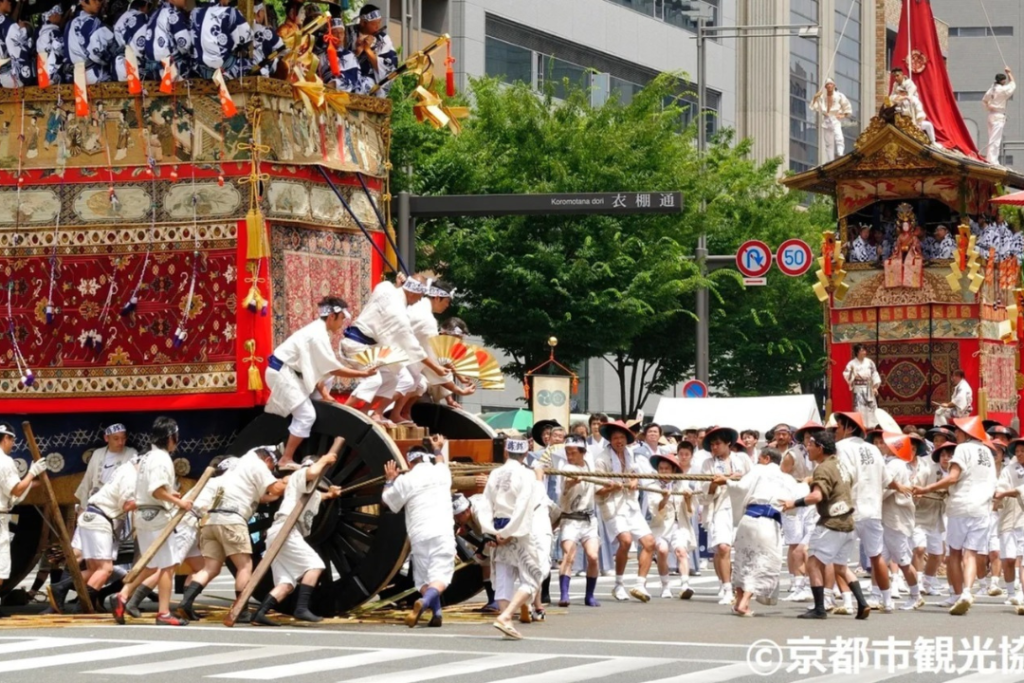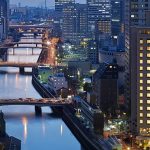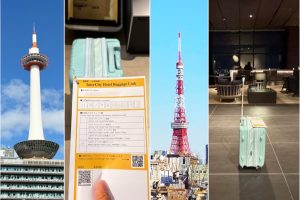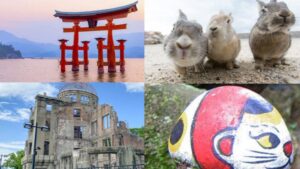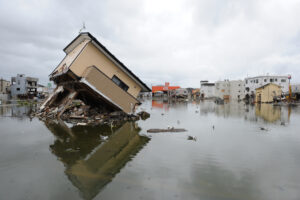Japan has long been known for its countless traditional festivals. These festivals are often portrayed as nighttime events where people wear yukata, enjoy candy apples, or gather around the beat of taiko drums.
But in reality, Japanese festivals are much more diverse than that! In this article, we will introduce one of the most iconic festivals in Kyoto—the Gion Matsuri—and share some tips on how to enjoy it without getting caught in the crowds!
What is the Gion Matsuri?
The Gion Matsuri dates back to the Jōgan era (9th century) and is held at Yasaka Shrine (formerly known as Gion-sha) in Kyoto’s Higashiyama district.
The main purpose of the Gion Matsuri is to perform the “Goryō-e” ritual. This type of ritual, similar to ceremonies held by communities to honor the gods, is intended to pray for peace, good weather, and a bountiful harvest.
However, unlike typical festivals, “Goryō-e” specifically honors the spirits of the dead or vengeful souls. The aim is to calm their anger and resentment so they won’t spread plagues or disasters among the living.
During the Jōgan era, Japan suffered from severe disasters such as widespread epidemics, the eruption of Mt. Fuji, earthquakes, and tsunamis, which caused massive casualties.
These calamities continued until Yasaka Shrine began worshipping Gozu Tennō, a deity believed to pacify these vengeful spirits.
Initially, the Gion Matsuri was only held in times of outbreaks or natural disasters. However, since the third year of the Anna era (970 AD), it became an annual tradition and has continued every year since.
As one of Kyoto’s three major festivals, the Gion Matsuri is actually divided into two parts: the events hosted by Yasaka Shrine and those organized by the Yamahoko towns. These two components are quite different!
In general, when people refer to the “Gion Matsuri,” they are usually talking about the events run by the Yamahoko towns. The highlight of these events, the Yamahoko procession, has even been designated as an Important Intangible Folk Cultural Property of Japan.
The entire Gion Matsuri spans nearly a full month, and the biggest highlights are the grand float parades held on July 17th (Saki Matsuri / Pre-Festival) and July 24th (Ato Matsuri / Post-Festival).
These dates feature spectacular processions of elaborately decorated floats, making them the perfect time to soak up the festival’s full atmosphere.
If you’re looking for the best days to experience Gion Matsuri, you can’t go wrong with either of these two dates!
Read:
5 Must-Visit Tourist Spot in Niigata!
What Should You Be Aware of When Attending Gion Matsuri?
As mentioned earlier, the Gion Matsuri takes place in July—one of the hottest months in Japan.
With the scorching heat and large crowds, it’s essential to come prepared. Make sure to bring plenty of water, items to wipe away sweat, and things to help you stay cool and dry.
Also, watch your step, avoid pushing others, and never walk against the flow of the crowd to ensure everyone’s safety.
Don’t Like Crowds? There’s a Solution!
For those who dread being packed in with the crowds, the organizers offer paid seating along the parade route.
This means you can watch the stunning float parade comfortably without sweating or jostling with others.
The editorial team will also be putting together a helpful guide with information on exact times and locations—feel free to use it as your reference!
“Saki Matsuri” (Pre-Festival) Parade
- Date: July 17, 2025
- Time: 10:20 AM – 11:20 AM
- Location: Between Kawaramachi and Shinmachi Streets on Oike Street

